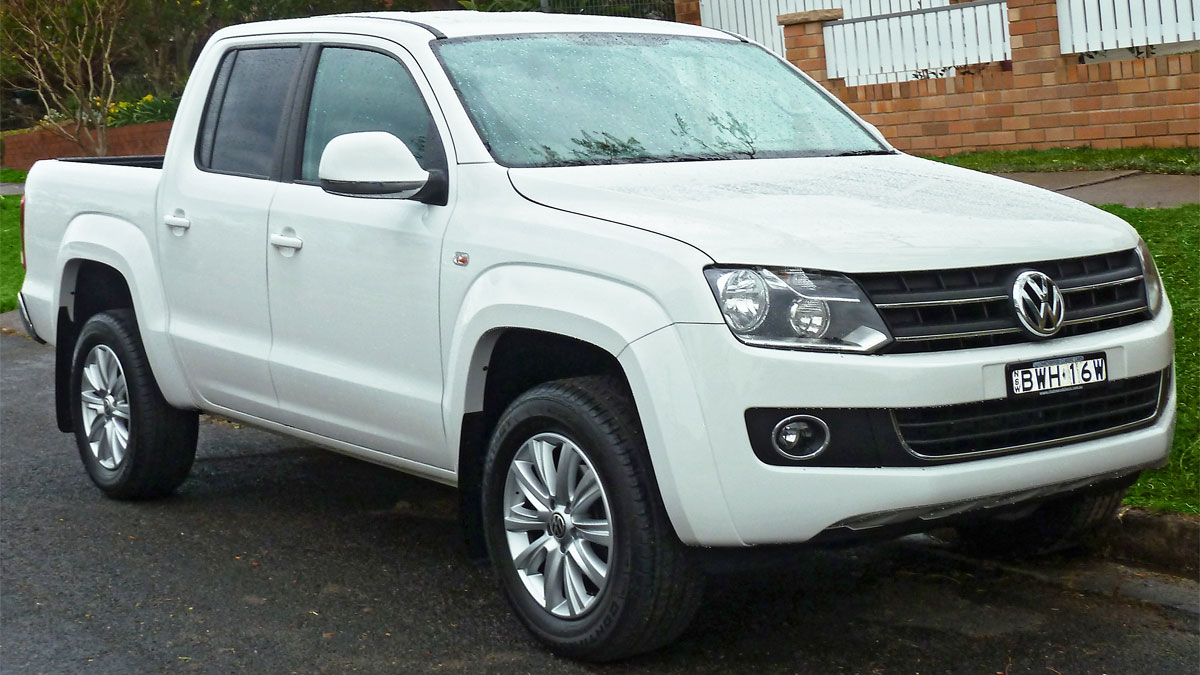About That Chicken Tax on Pickup Trucks
With the “chicken tax” removed, the Volkswagen Amarok could be readied for the US market. “The power to tax is the power to destroy” — John Marshall There may be no subject more contentious in the United States than taxation. Every citizen pays taxes and it is nearly impossible to … Read more

